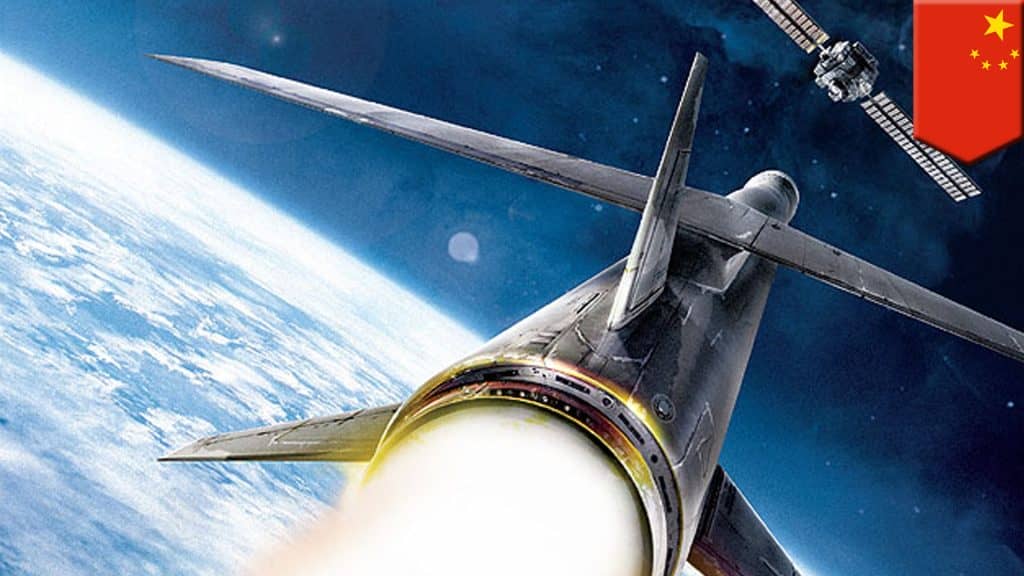China used a long-range missile interceptor called DN-3 to destroy a target missile in space on 5th February. This is the second time China has managed to hit a missile in the space. In 2010, the country used a midcourse interceptor similar to DN-3 to destroy a target missile in the exoatmosphere. The missile was almost 62-miles above the earth’s surface. The test in 2010 made China the second country in the world to develop hit-to-kill exoatmospheric missile defense capability. First being the USA.
When compared to boost-phase and terminal missile defense, the exoatmospheric ballistic missile defense (BMD) is the most difficult of all missile defense mission sets. It requires launching a hypersonic missile interceptor to shoot down another hypersonic missile in space. Hit-to-kill interceptors are more demanding like the DN-3 and SM-3. They need the interceptor vehicle to smash into the incoming missile to destroy it with force of impact. It is a difficult task and early BMD missiles like LIM-49 Spartan used a nuclear missile to overcome fire-control issues.
The system is based on the solid-fueled DF-21 medium-range ballistic missile. The DN-3 rocket motor is similar to the one used in SC-19 anti-satellite (ASAT) missile. The midcourse anti-ballistic and anti-satellite technologies have a lot in common. Both these techs need to strike high-velocity targets in the vacuum of space.
The timings of the test are very notable since it is carried out when Korean Peninsula tensions are going on, India has also tested its Agni V intercontinental ballistic missile, and the release of U.S Nuclear Posture Review of 2018 also occurred recently. China is developing the state-of-the-art BMD technology which shows the renewed competition as well as a large pattern in the development of high-tech, high-speed weapons like railguns, hypersonic glide vehicles and scramjet engines.

